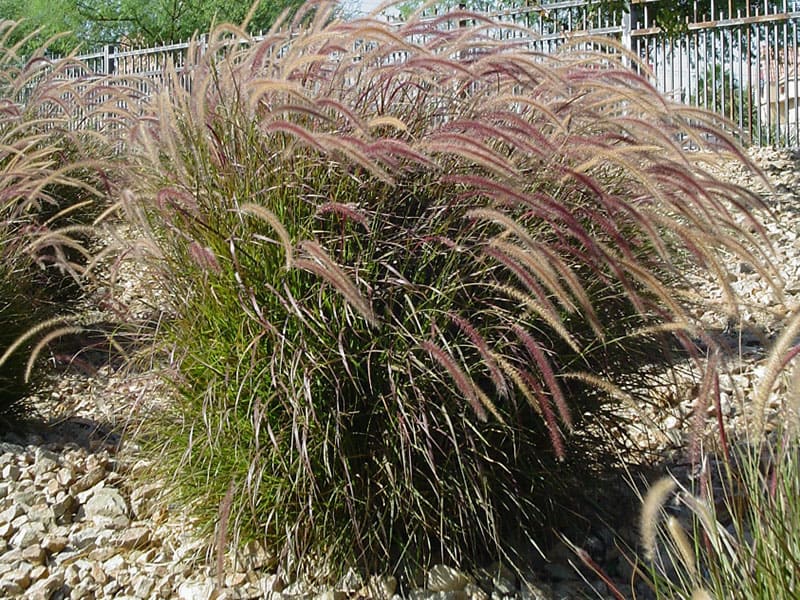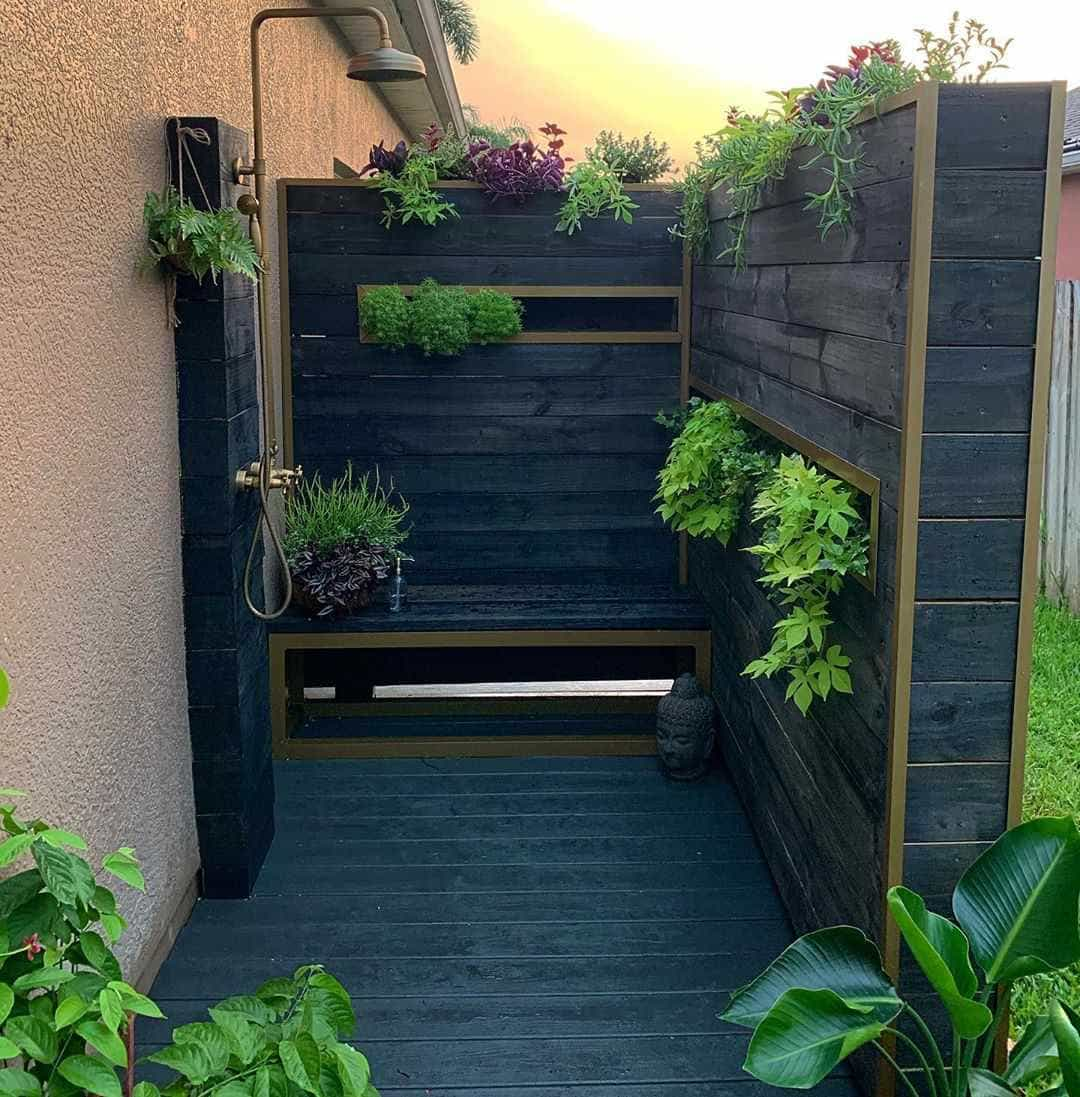Introduction
Bold, vivacious, and undeniably captivating, red fountain grass (Pennisetum setaceum) stands as a testament to nature’s artistry. Originating from tropical Africa, this ornamental grass has charmed gardeners worldwide with its striking foliage and graceful sway.
Growing Conditions
Ideal Climate for Red Fountain Grass Red fountain grass flourishes in warm, temperate climates, thriving in USDA hardiness zones 9-11. Its lush growth and vibrant hues are best showcased in regions with mild winters and ample sunlight.
Soil Requirements This grass exhibits remarkable adaptability to various soil types, ranging from sandy to loamy, as long as they are well-draining. However, it thrives in slightly acidic to neutral soil pH levels.
Sunlight Needs Sun-loving by nature, red fountain grass revels in full sun exposure, basking in at least six hours of direct sunlight daily. Insufficient light may lead to leggy growth and diminished vibrancy.
Planting and Maintenance
Planting Red Fountain Grass Prepare the planting area by loosening the soil and incorporating organic matter for improved drainage. Space young plants 18-24 inches apart, ensuring adequate airflow and room for expansion.
Watering and Fertilizing Established red fountain grass requires moderate watering, allowing the soil to dry slightly between waterings to prevent root rot. Apply a balanced fertilizer in spring to promote vigorous growth and vibrant foliage.
Pruning and Pest Control Regular pruning maintains the plant’s shape and prevents seed dispersal, reducing the risk of invasiveness.
Benefits
Aesthetics in Landscaping Renowned for its architectural appeal, red fountain grass adds dynamic texture and contrast to garden borders, rockeries, and containers. Its feathery plumes dance gracefully in the breeze, creating a mesmerizing spectacle.
Erosion Control The dense root system of red fountain grass helps stabilize slopes and prevent soil erosion, making it a valuable asset in erosion-prone areas. Its resilient nature withstands adverse weather conditions, maintaining soil integrity.
Low Maintenance Ideal for busy gardeners, red fountain grass demands minimal care once established, thriving in neglect and drought conditions. Its resilience to pests and diseases further enhances its appeal as a low-maintenance landscaping option.
Uses
Ornamental Purposes:
Red fountain grass serves as a versatile landscaping element, enhancing both formal and informal garden designs. Whether as a focal point or mass planting, its fiery foliage adds drama and dimension to outdoor spaces.
Ecological Benefits Beyond its ornamental allure, red fountain grass provides ecological benefits, supporting pollinators and beneficial insects with its nectar-rich blooms.
Cultural Significance In various cultures, red fountain grass holds symbolic significance, representing vitality, prosperity, and endurance. From ancient rituals to modern ceremonies, its vibrant presence symbolizes the eternal cycle of growth and renewal.
Challenges
Invasive Potential:
While prized for its ornamental appeal, red fountain grass poses a threat as an invasive species in certain regions. To mitigate its spread, gardeners should exercise caution and choose non-invasive alternatives where applicable.
Winter Care:
In colder climates, red fountain grass may require winter protection to survive frost and freezing temperatures. Mulching around the base and wrapping with burlap can provide insulation against cold damage.
Disease Susceptibility:
Although relatively pest-resistant, red fountain grass is susceptible to fungal diseases such as rust and leaf spot. Proper sanitation, adequate airflow, and avoiding overhead watering can help prevent disease outbreaks.
Conclusion
In conclusion, red fountain grass stands as a beacon of beauty and resilience in the realm of landscaping. Its vibrant foliage, ecological benefits, and cultural significance make it a cherished addition to gardens worldwide. Embrace the allure of red fountain grass and unleash its transformative magic in your outdoor oasis.
FAQs
- What are the best companion plants for red fountain grass?
- How often should I water red fountain grass?
- Is red fountain grass deer-resistant?
- Can red fountain grass grow in containers?
- When is the best time to plant red fountain grass seeds?
- How tall does red fountain grass grow?





